- Teeth and Gums
- Other Oral Conditions
- Dental Care Basics
- Treatment & Surgery
- View Full Guide
What Is TMJ (or TMD)?

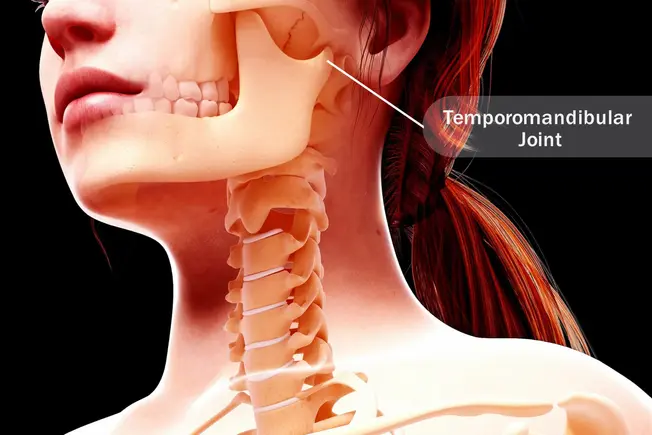
What Does It Stand For?
TMJ is short for temporomandibular joint. There's one on each side, and they attach your jaw to the bottom of your skull. The muscles near them let you to open and close your mouth. But sometimes, the joints get out of line or don’t move as they should. You might have heard that problem called TMJ, but it’s actually TMD -- temporomandibular joint disorder. Up to 15% of adults, mostly ages 20 to 40, have it. It happens more in women than in men.
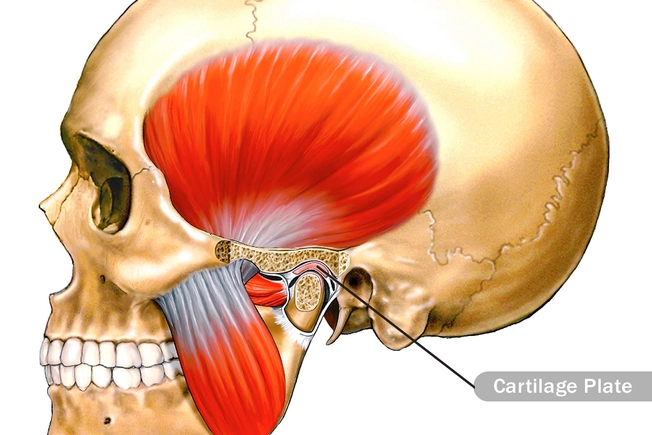
Up and Down and All Around
The temporomandibular joint is one of the most complex joints in your body. It’s a sliding hinge that lets your jaw move up and down, side to side, and back to front. In addition to the bones and muscles, there’s also a small piece of cartilage (firm tissue) that acts like a shock absorber and protects your bones from wear and tear.
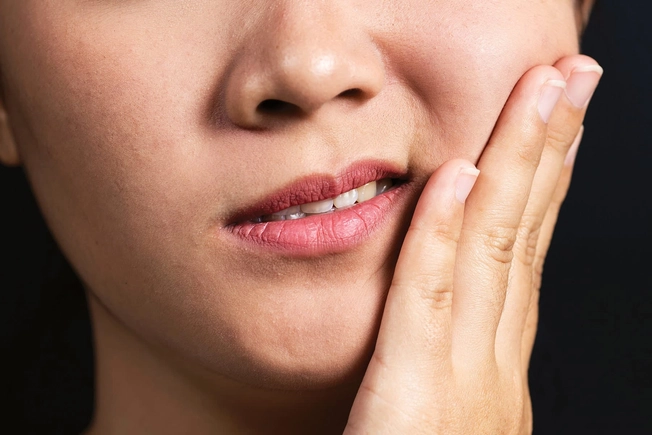
Symptoms of TMD
If you have temporomandibular joint disorder, you might have:
- Pain in one or both of your jaw joints
- Earaches
- Pain when you chew
- Pain in your face or neck
- Stiff muscles in your jaw
- A change in how your teeth fit together
If you hear a clicking or a popping sound, that isn’t a sign of TMD unless you have other symptoms, like pain, along with it. Many people’s jaws make noise when they open their mouths.

What Causes It?
It’s not always clear what brings on TMD. The most common culprit is when the piece of cartilage in the joint slips out of place. Other things that can cause it include:
- An injury or dislocated jaw
- Teeth or jaws that aren’t lined up right
- Grinding your teeth
- Arthritis, which can damage the cartilage in the joint
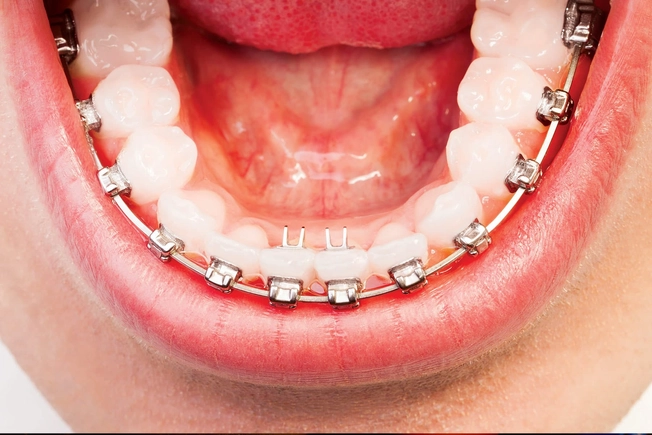
Is It My Braces?
Many people believe their braces or other orthodontic treatments that straighten your teeth and realign your bite can cause TMJ trouble. But there’s no research that suggests braces bring it on.
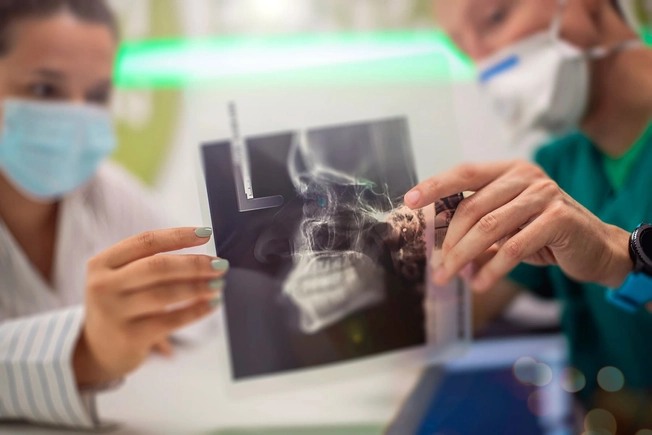
How Is TMD Diagnosed?
If you have symptoms, your doctor or dentist will look for signs of irritation or inflammation in your jaw, listen for clicking or grinding noises, and test how far your jaw can move in any direction. You might also need X-rays or another type of imaging scan to help your doctor get a clear picture of the joint.
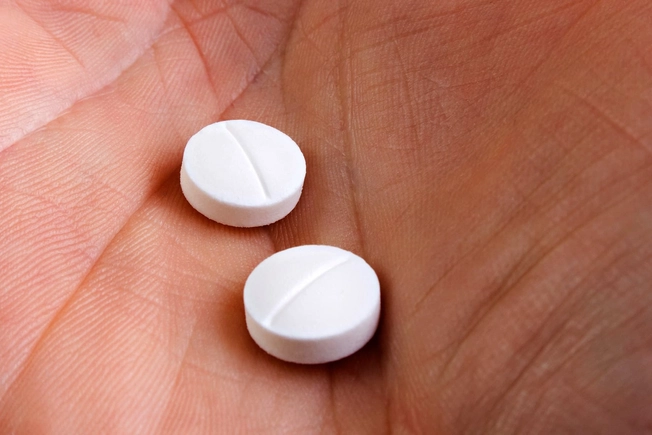
Treatment
Your doctor or dentist probably will recommend things you can do easily. They might include:
- Take over-the-counter pain relievers.
- Put hot or cold compresses on your jaw.
- Eat softer foods.
- Limit your jaw movements when possible.
- Do exercises to stretch and relax your jaw.
- Don't chew gum or your nails.

Take It Easy
Grinding your teeth or clenching your jaw, which people tend to do when they’re stressed, can cause these jaw problems. Your doctor or dentist might recommend ways you can lower your stress. Exercise, meditation, or hobbies can help. Or you might benefit from talking with a psychologist or counselor.
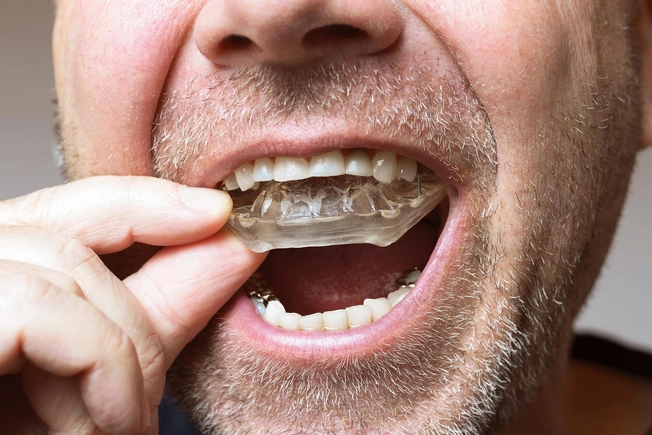
If That Doesn’t Help …
If you still have issues with TMD, your doctor might recommend one or more of the following:
- Prescription painkillers or muscle relaxers
- A plastic mouth guard to protect your teeth if you grind them (you usually wear this at night)
- Braces to fix an uneven bite
- Shots of anti-inflammatory medicine, like steroids, into your jaw muscles to help with pain
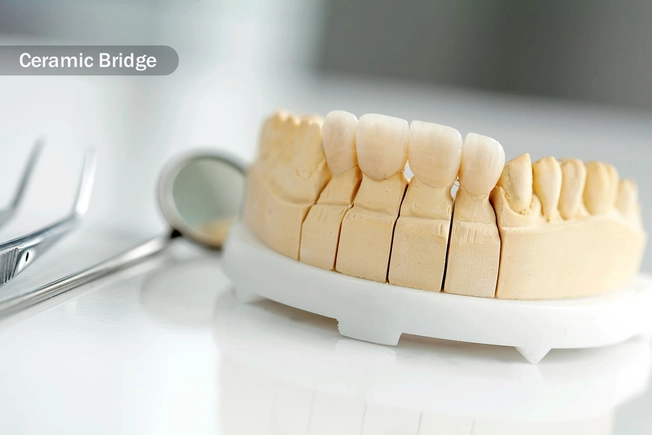
Dental Work
You might need a procedure to fix the issue:
- Crowns or bridges can reshape your bite.
- Your doctor can file your teeth so your mouth closes evenly.
- Arthrocentesis: Scar tissue caused by an inflammatory illness, like arthritis, is cleaned out.
- Arthroscopy: Your doctor uses a tube to guide small surgical instruments into your jaw joints.
- Low-level laser therapy: Infrared light sent toward the joint and nearby tissues help with pain.
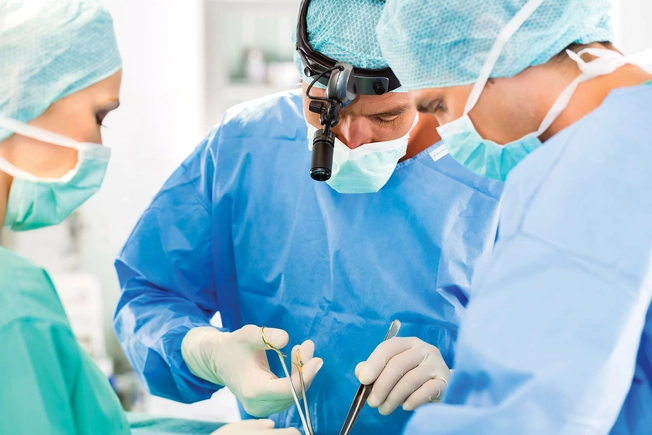
Surgery
If you have a serious issue, like a structural problem in your joint, you might need surgery. Your doctor would open up the joint to fix the problem or, in some cases, replace the joint.